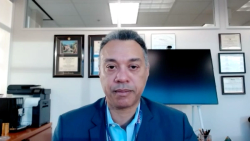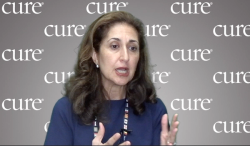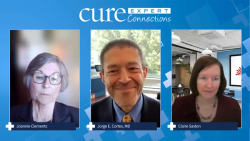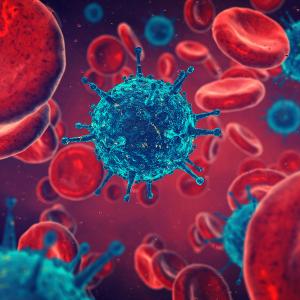What Is CAR-T Cell Therapy, and What Can Patients With Cancer Expect?
Over the past five years, CAR-T cell therapy has improved outcomes for many patients with blood cancer. Here’s what patients need to know about the immune-based treatment.
It has been five years since the Food and Drug Administration (FDA) approval of Kymriah (tisagenlecleucel) for the treatment of certain children and young adults with acute lymphoblastic leukemia, marking the first FDA-approved CAR-T cell therapy for patients with cancer.
Over the past half decade, six CAR-T cell drugs gained FDA approval for various types of leukemias, lymphomas and multiple myeloma, drastically changing the treatment paradigm of patients with blood cancer.
What is CAR-T Cell Therapy?
CAR-T cell therapy uses a patients’ own immune system to attack the cancer.
“In CAR-T cell therapy, the ‘CAR’ means chimeric antigen receptor,” Dr. Jordan Gauthier of Fred Hutchinson Cancer Center in Seattle said in an interview with CURE®. “We use one white blood cell type we call T cells and, we engineer them in the lab to express this new receptor that we call CAR … so we ‘cook’ the cells in the lab until we have enough of them, and then we put them in a bag and infuse them.”
Of note, Gauthier was a member of the Seattle Cancer Care Alliance at the time of the interview. In April, the Seattle Cancer Care Alliance and Fred Hutchinson Research Center united to become one organization known as the Fred Hutchinson Cancer Center.
The CAR-T cell therapy process starts with a blood draw so that clinicians can collect the patients’ white blood cells. The T cells will then be specially engineered to find and attack cancer. Once the killer T cells are made, they will be multiplied.
While T cells are being created, the patient will undergo conditioning chemotherapy treatment, which will kill off other immune cells, essentially “making room” for the engineered T cells to proliferate within the body.
Once the T cells are engineered and the patient has finished conditioning treatment — a process that typically takes a couple of weeks — the CAR-T cells will be infused back into the patient.
At this point, patients and their health care team must monitor for side effects, namely neurotoxicity (impairment to brain function) and cytokine release syndrome (the release of too many inflammatory molecules into the blood) — both of which could be serious if not caught early.
While prior studies have shown that the majority of patients undergoing CAR-T cell therapy will experience side effects, ongoing research is trying to determine which patients are more likely to experience toxicities from the treatment.
After patients leave the hospital after the side effect monitoring period is over, they may not need to return for more treatment, as CAR-T cell therapy often offers patients a “one-and-done” treatment approach with lasting efficacy and cancer control, explained Dr. Lori A. Leslie, director of the Indolent Lymphoma and CLL Research Program at John Theurer Cancer Center in Hackensack, New Jersey.
The Future of CAR-T Cell Therapy
While most patients with lymphoma may qualify for CAR-T cell therapy, researchers are still studying new CAR-T cell agents, as well as investigating CAR-T cell therapy’s potential in different cancer types — including solid tumors.
Additionally, this summer, the FDA agreed to speed up their review of a novel CAR-T cell therapy to treat rare forms of lymphoma and leukemia.
“We've started to see some patients with very long-term remissions now from CAR T. So I'm excited to see the how that field evolves in the coming years,” said Dr. Matthew Davids, of the Dana-Farber Cancer Institute in Boston, in an interview with CURE®. “I'm excited to see the how that field evolves in the coming years.”
For more news on cancer updates, research and education, don’t forget to subscribe to CURE®’s newsletters here.
Related Content
 When Others say Your Own Thoughts About Cancer Aloud
When Others say Your Own Thoughts About Cancer AloudMay 21st 2025
 Expert Explains Lymphoma After Dave Coulier's Diagnosis
Expert Explains Lymphoma After Dave Coulier's DiagnosisDecember 4th 2024
 Breyzani Benefits Previously Treated SLL, CLL
Breyzani Benefits Previously Treated SLL, CLLJuly 12th 2023
View additional resources on CureToday.com







